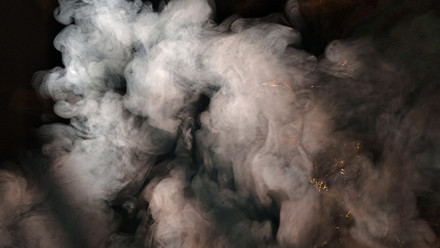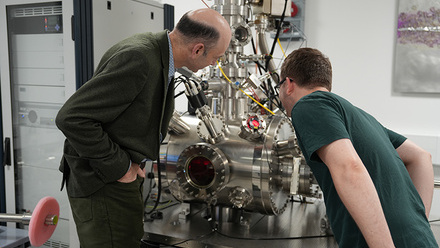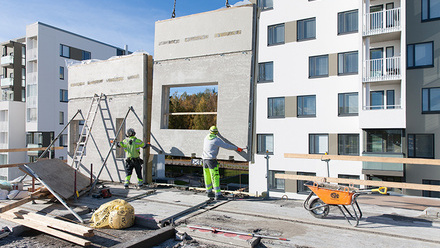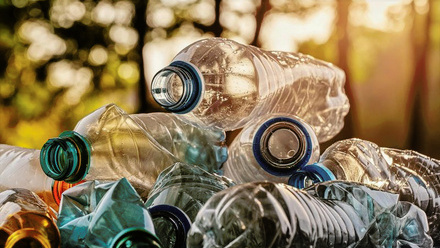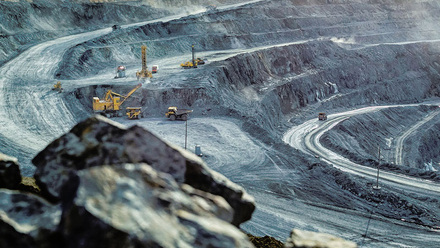One-sided nanotexturing increases efficiency in solar cells
Team from Germany say nanotexturing at several interfaces impacts performance of tandem cells.
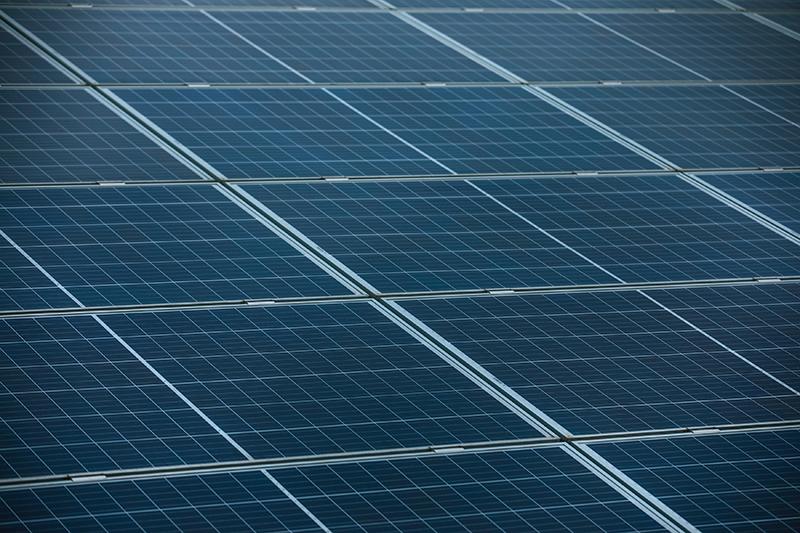
A new nanotextured design capable of achieving conversion efficiency potential above 29%, indicated by simulations, could be further enhanced with improved fabrication methods and additional texturing.
Researchers have used simulation and experiments to illustrate that introducing a small nanoscale texturing on the surface of materials in perovskite or silicon tandem solar cells can remarkably raise the efficiency by decreasing the amount of light energy lost by reflection.
The team from Helmholtz-Zentrum Berlin, Germany, assessed how initiating nanotexturing at several interfaces impacts the performance of tandem solar cells made from a perovskite solar cell atop a silicon solar cell.
They first employed a computer simulation to measure the electric current present in the perovskite and silicon subcells (the photocurrent density), while the perovskite layer was entirely flat. The layer was nanotextured (bumpy) only on the bottom where it met the silicon layer or bumpy on both top and bottom.
The simulated bumps measured a height of around 300nm and a width of 750nm. The one-sided nanotextured design exhibited only a minimal performance improvement over the flat design in the simulation, while the completely textured architecture was measured to absorb significantly more light, thereby enhancing the photocurrent density by 0.7 mA/cm2 per subcell.
To gain more information on how nanotexturing affects solar cell performance, the scientists further fabricated various perovskite or silicon tandem solar cell designs - one with a completely flat perovskite layer and the other with a perovskite layer that is flat on top and bumpy on the bottom at the interface to the silicon solar cell.
The study results indicate a potential avenue for additional improvements, say the HZB scientists. From the simulation results, the researchers assume that a solar cell with perovskite layer nanotextured on both top and bottom probably has chances of further enhancing performance and realising power conversion efficiency surpassing 30%.


